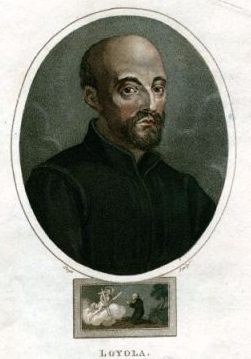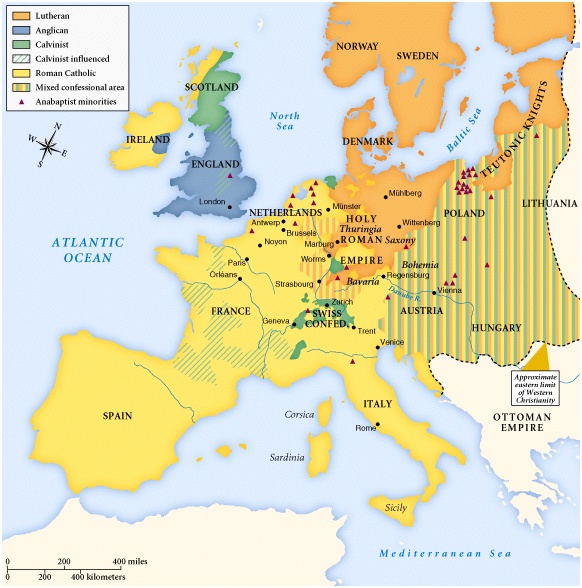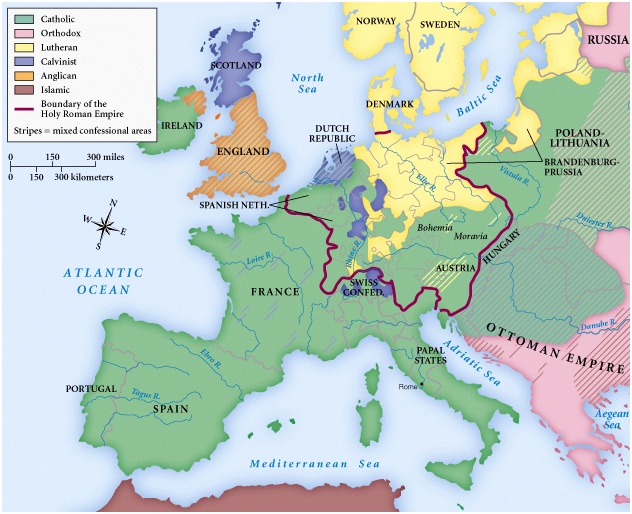The Rise of “Confessions”
I. Why
Was Religion So Political?
A. The Claims of Religion were Universal and Exclusive
B. Churches Were Still
“Proprietary”
C. Church Wealth Attracted Predators
D. Only the State Possessed Enough Resources for Reform
II. The Rise of “Confessions”
III. The Peace of Augsburg, 1555
Image: El Greco, The Adoration of the Name of Jesus (1578-79)
Map:
Ecclesiastical Territories in the Empire
Map: Religious Divisions in Central Europe, c. 1600
Graph: English Crown Revenues,
1530-1547
Image: The Synod of Dordrecht (1618-1619)
Chart: The Saxon Church (1580)
Image: The
“Confession Image” of Kasendorf (1602)
Image: The “Scripture Altar”
in Norden (1582)
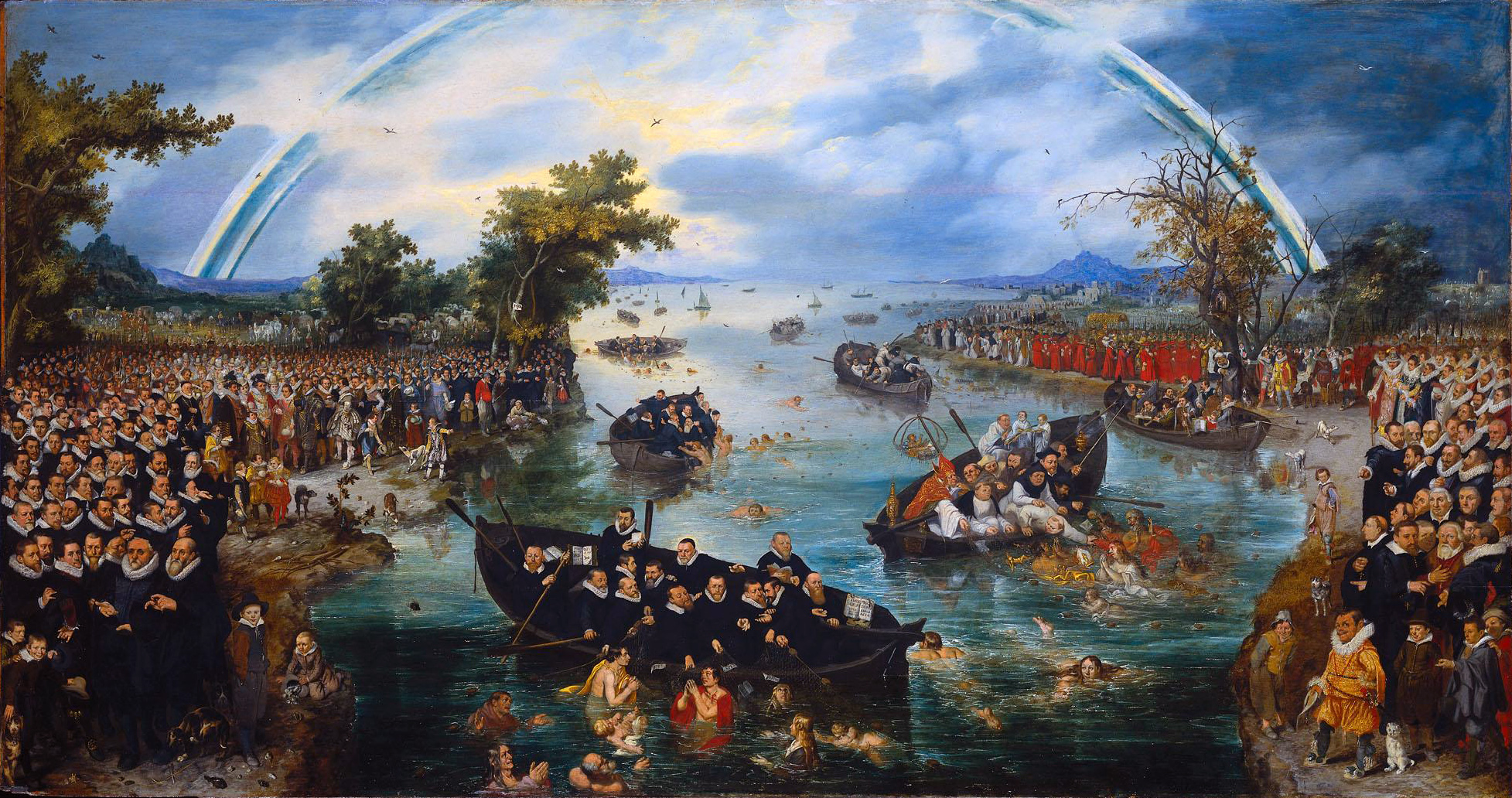
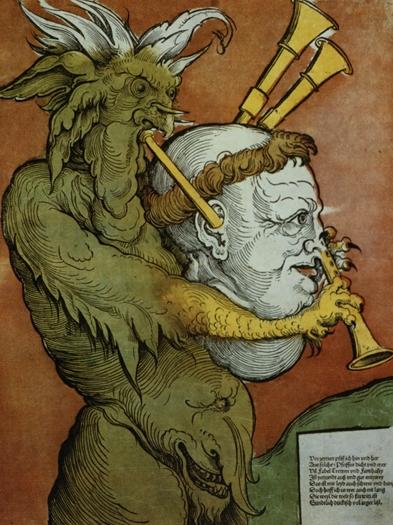
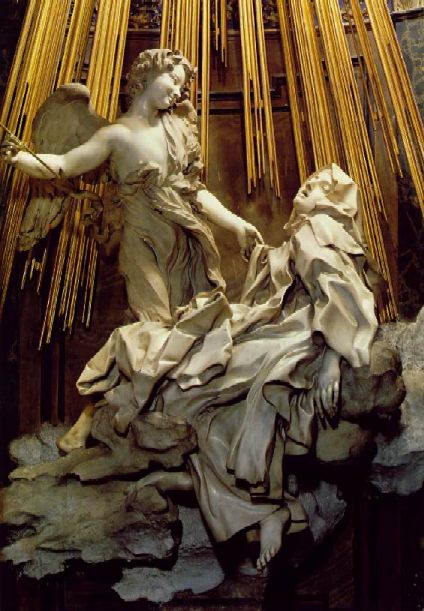 The Resurgence of Catholicism
The Resurgence of Catholicism